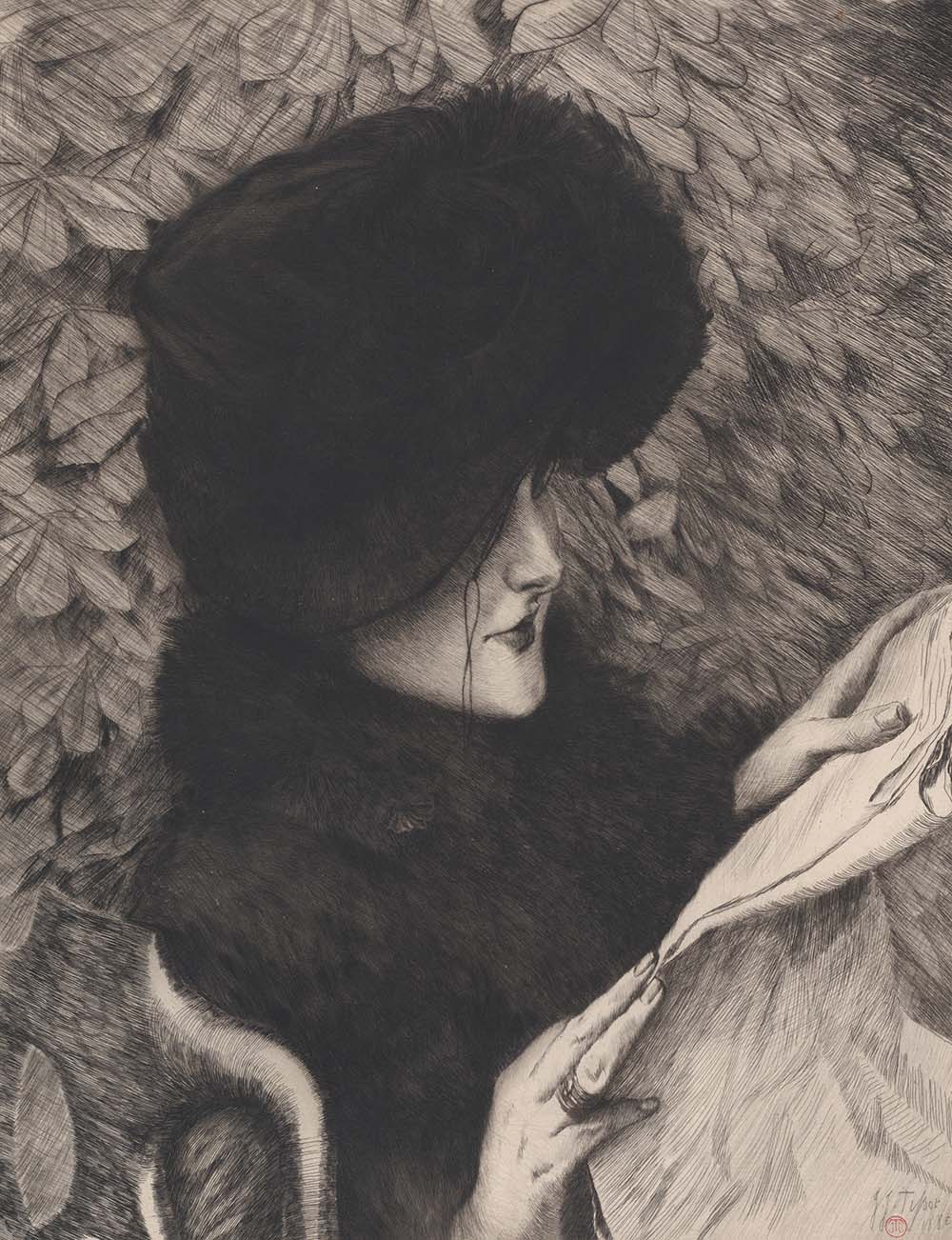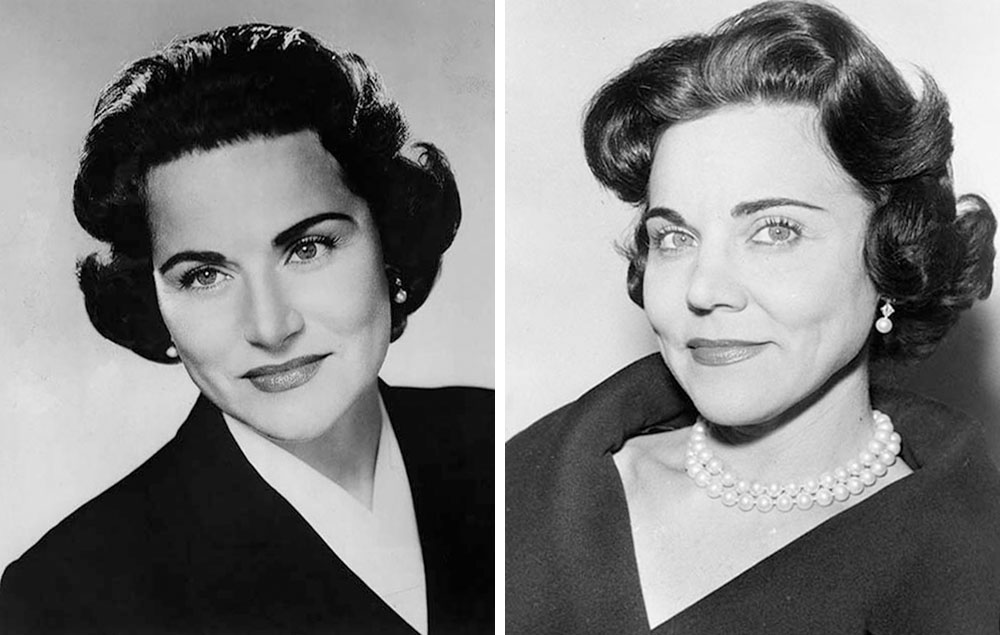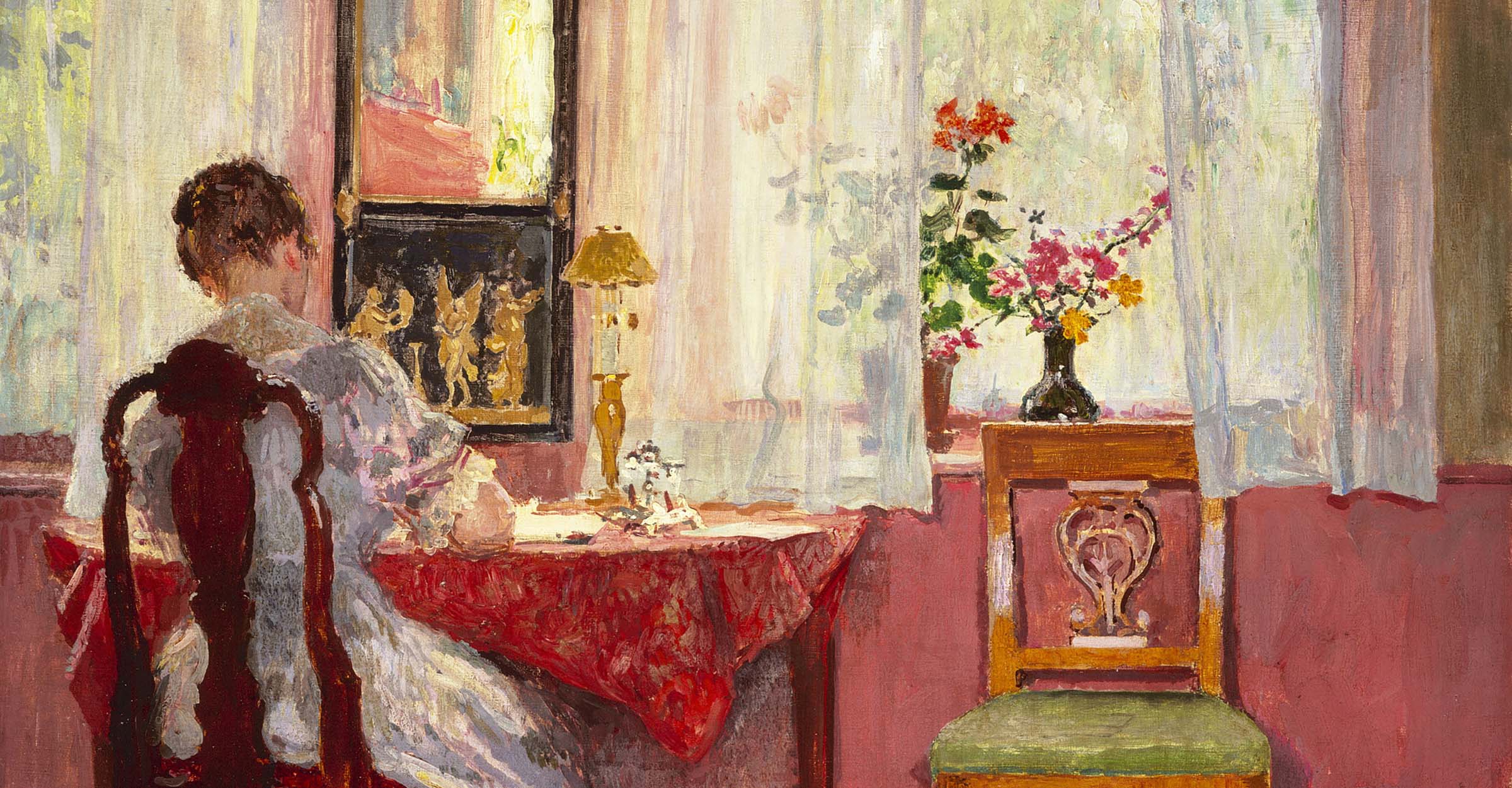When the London newspaper the Athenian Mercury, edited and published by the author and bookseller John Dunton, first answered questions about romance, bodily functions, and the mysteries of the universe in 1691, it may have created the template for the advice column. But the history of advice stretches back even further into the past. Advice—whether unsolicited, unwarranted, or desperately sought—appears in ancient philosophical treatises, medieval medical manuals, and countless books. Lapham’s Quarterly is exploring advice through the ages and into modern times in a series of readings and essays.
Although the deadline was less than a quarter of an hour away, he was still working on his leader. He had gone as far as: ‘Life is worthwhile, for it is full of dreams and peace, gentleness and ecstasy, and faith that burns like a clear white flame on a grim dark altar.’ But he found it impossible to continue. The letters were no longer funny. He could not go on finding the same joke funny thirty times a day for months on end. And on most days he received more than thirty letters, all of them alike, stamped from the dough of suffering with a heart-shaped cookie knife.
—Nathanael West, Miss Lonelyhearts, 1933
As early as 1791, English inventor William Nicholson had worked out the principle of a cylinder steam press with self-inking rollers. In 1833 Benjamin Day started printing his New York City newspaper The Sun on a new two-cylinder press driven by steam power. While old printing presses could turn out 125 papers per hour, Day’s press could print eighteen thousand copies in the same amount of time. Within two years The Sun was selling fifteen thousand copies a day, three times as many as the rival Courier and Enquirer.
The so-called penny press—ad-driven newspapers that grew out of the Industrial Revolution—relied on, among other things, advice columns, which were typically but not exclusively composed by female journalists.
The advent of newspaper syndication services made it possible for papers in smaller markets to reprint content from bigger cities. This broadened the audience for the so-called sob-sister advice columns. Dorothy Dix—the pen name of Elizabeth Meriwether Gilmer, a Tennessee-born writer who supposedly took the name from a person enslaved by her family—was the original American syndicated women’s advice columnist, writing a regular newspaper feature that responded to readers’ questions about their personal tribulations. In 1894 Eliza Jane Nicholson, a neighbor of Gilmer’s in New Orleans and the owner of the local Daily Picayune, read a sample of her writing and offered her a job. She began writing Dorothy Dix Talks, an advice column on marriage and domestic life, in 1896. She joined the McClure Syndicate in 1917 and in 1923 signed with the Philadelphia-based Public Ledger Syndicate, further increasing her influence. Dorothy Dix eventually reached 60 million readers; her columns ran in two hundred newspapers in ten countries. By the mid-1920s, Gilmer was said to be the world’s highest-paid female writer.

But the master of this journalistic form was Esther Pauline Friedman Lederer (aka Ann Landers, aka Eppie Lederer), who was said at her zenith to have had 90 million daily readers in more than 1,200 newspapers (at a time when the U.S. population was 260 million). Ruth Crowley had initiated the Ask Ann Landers advice column in the Chicago Sun-Times in 1943, choosing the name of a family friend as a nom de plume. But once Lederer took over the column in 1955, after Crowley’s death, Ask Ann Landers ran seven days a week, and her readership expanded dramatically across the nation. Lederer filed to the Sun-Times for twelve years, before switching to the Chicago Tribune in 1987, where she remained until her death in 2002. Over the course of her career, she published more than fifteen thousand columns.
Part of Ann Landers’ success was structural. Her market increased after the war: U.S. weekday newspaper circulation went from an estimated 53.8 million in 1950 to 63.1 million in 1973. But much of her triumph derived from her directness and humor, and her willingness to address sensitive topics.
Before she joined the Sun-Times, the thirtysomething Lederer had never before held a job. She asked the Sun-Times’ managing editor, a family friend, if she could contribute to the advice column. One of twenty-seven candidates, she was the only one who solicited the opinions of experts for the sample column she submitted. “You can’t just make up these quotes,” said the managing editor. “I didn’t,” she said. “Okay, then, you’re hired.”
Lederer’s only real competitor in the advice-column business was Dear Abby, written by her twin sister, Pauline Esther Friedman Phillips (aka Abigail Van Buren, aka Popo Phillips), who had her own 65 million daily newspaper readers.
Born in Sioux City, Iowa, on July 4, 1918, Esther Pauline (Eppie, “Ann”) and Pauline Esther (Popo, “Abby”) were identical twin daughters of Russian immigrants. Their father was a grocery merchant who owned a vaudeville theater. The sisters got married in a double wedding in their Sioux City synagogue in 1939. Plainspoken Midwesterners, their answers, according to Life magazine, “often crackle like vaudeville punch lines, and they never hesitate to give the supplicant the back of their hand.” Ask Ann Landers and Dear Abby, wrote Life, “have kidnapped that ancient journalistic device, the lovelorn column, trimmed its length, discarded its reticences.” (Two of Lederer’s signature advices were “Wake up and smell the coffee” and “Get a pet.”)

The sisters cornered the market on syndicated advice columns during the second half of the twentieth century. Lederer had four secretaries; Phillips had three assistants to type her replies. In their heydays, Lederer got two thousand letters a week from readers; Phillips received seven thousand. Lederer claimed that every letter that arrived with a name and address was answered. She said she wrote all the answers herself.
Each day, at the Ann Landers office on the fifth floor of the Tribune Tower, at 435 North Michigan Avenue in Chicago, two clerks opened two thousand or more envelopes, sorting letters into categories. Four staffers selected anywhere from two hundred to five hundred for her to read. A chauffeur conveyed these to Lederer’s co-op apartment a dozen blocks to the north, where she lived with her husband, Jules Lederer—a onetime salesman of pencils and hats who went on to great success in Budget Rent a Car—and daughter. Their eleven-room East Lake Shore Drive apartment was the former home of the French consul general. Lederer rose at noon and worked until two in the morning. She chose letters to print, editing them, correcting grammar, and removing profanity. When asked how she picked from among the letters delivered, Lederer said she looked “for letters that teach something. Or that people can relate to. Or that are very offbeat.”
Three months after Lederer began at the Sun-Times, something caused a schism between the sisters. Phillips had helped her sister write responses, and Lederer’s editor put a stop to the practice, prohibiting her from farming out the work. Phillips left and set up shop at the San Francisco Chronicle, where she wrote under the byline of Abigail Van Buren. (“I took the Abigail from the Old Testament, for Abigail was a prophetess in the Book of Samuel,” she wrote in 1981. “I chose Van Buren from our eighth president, Martin Van Buren, because I liked the aristocratic, old-family ring.”)
When Lederer found out her sister had been writing and syndicating Dear Abby, she felt betrayed. In return, Phillips was said to have offered her Dear Abby column to their hometown paper, the Sioux City Journal, at a reduced rate if the Journal promised not to print columns written by Lederer. (It does not appear that the Journal took her up on the offer.)
The competition between sisters continued. “In the past two years,” wrote Life magazine in 1958, “each has endured what she conceives to be insufferable blows from the other…Neither seems able to stay a relentless hunger for dominance over the other, and each presses the thorns of minute but rankling grievances to herself as she engages her sister in journalistic war.”
Shortly after Lederer found out her sister was a competitor, she wrote Phillips and told her she did not wish to correspond with her or see her again. “She didn’t talk to her for about ten years,” Lederer’s daughter later said. “I have only seen my mother cry a few times in my whole life, and that was one.” The sisters were said to have reconciled in 1964.
Their styles were not discernibly different. Both were tough, but witty. Dear Abby may have been a bit more direct, more modern. In two-newspaper cities, Ask Ann Landers typically ran in the larger paper. Ann Landers’ advice was almost always wise, her words well chosen. She knew her answers were going out to 90 million readers.
Their readerships were broad. In an era of limited media outlets, both sisters had dedicated audiences of diverse age and socioeconomic status. People would talk about Ann Landers’ columns in coffee shops and taxicabs. There was a common awareness among those who read her.
Ann Landers wrote frankly during what were mostly private times; sins and peccadilloes were not discussed in the 1950s as much as they are today. Landers offered her readers a discreet way to observe the lives (and morals) of others. There was always a voyeuristic aspect to her columns, and she allowed her readers to feel superior to those poor souls who wrote the letters.
Some days, either for reasons of privacy or space, Ann Landers would publish responses to confidential questioners without printing the question itself, as she did here in 1998: “Confidential to Embarrassed at Stanford: I’d give Dad a little more time to grow out of it. Instead of suing him, the best thing you could do is encourage him to get some counseling.”
“I am well aware,” Lederer told the Chicago Tribune in 1990, “that a life that has been messed up for twenty years cannot be straightened out with one letter from Ann Landers or two inches of newspaper space. Many people who write to me need a lot more help than I can give them.”
Read the other entries in this series: Inez Milholland and Eugen Boissevain, George Washington, Plutarch, Lewis Carroll, Chrétien de Troyes, Yan Zhitui, Nizam al-Mulk, Saadi, Giovanni Della Casa, Maria Edgeworth, and Dan McQuade on basketball manuals.
